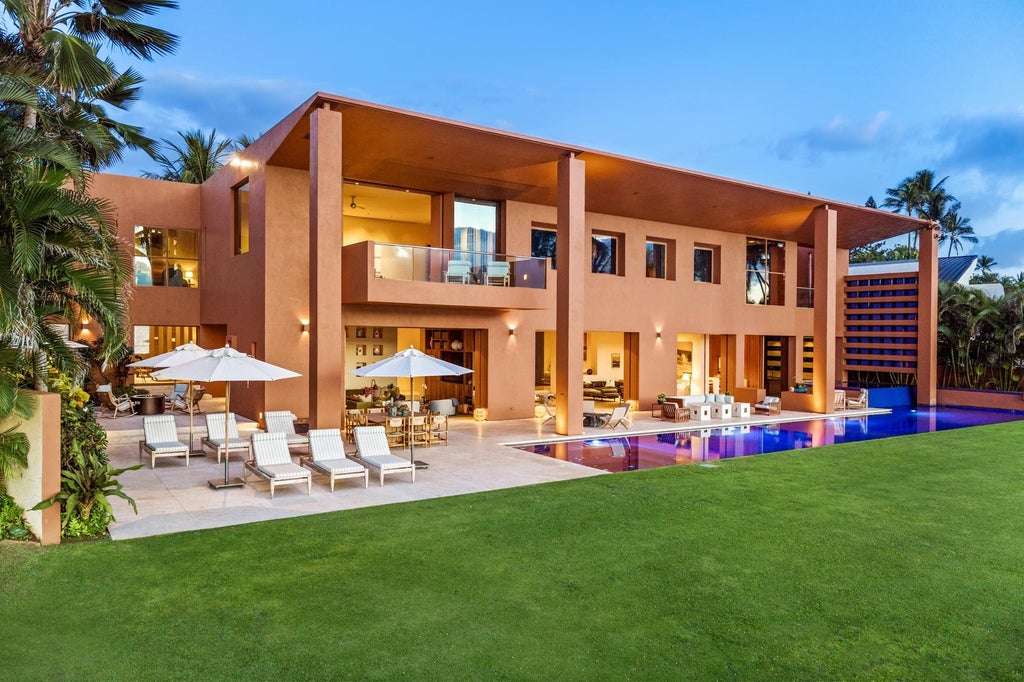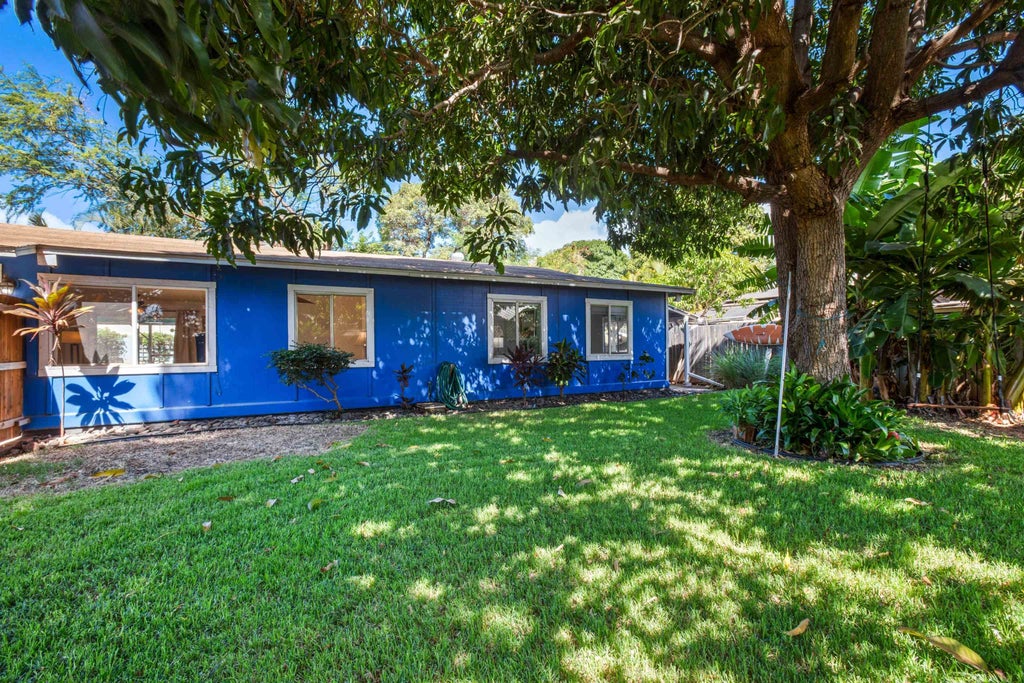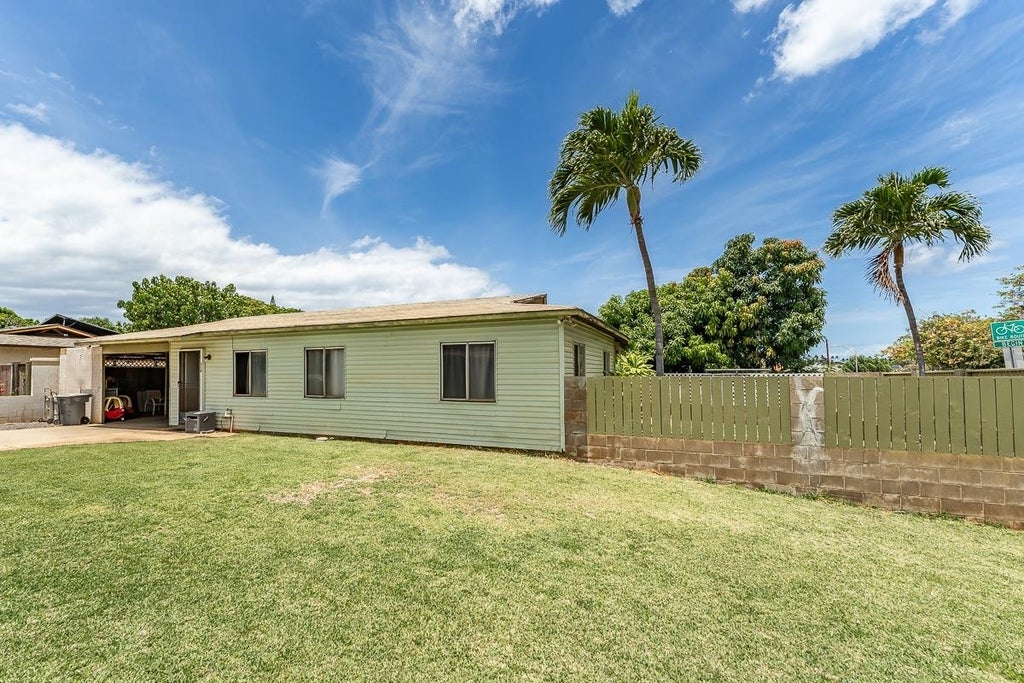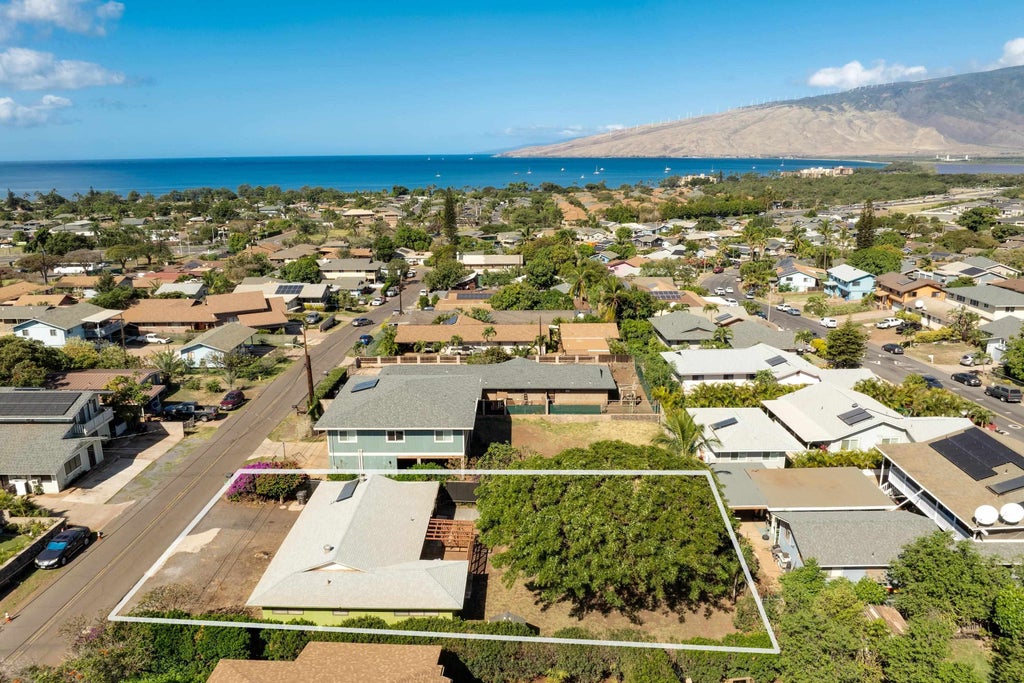Editor’s Note: At the end of this article, we’ll share surprising, little-known facts about Kīhei—historic fishponds, micro-weather quirks, whale season insider tips, and more. Keep reading so you don’t miss them!
Top Neighborhoods in Kihei for Home Buyers
When people dream about living on Maui, Kihei is usually one of the first places that comes to mind. It’s easy to see why — almost constant sunshine, miles of sandy beaches, and a community that feels both laid-back and lively at the same time. If you’ve been searching for homes for sale in Kihei Maui, you’ll quickly notice there’s a wide variety of neighborhoods to choose from. Each part of Kihei has its own personality, and knowing the differences can help you find the right fit.
And here’s the good news: there’s plenty of data available to help guide your decision. Let’s look at what makes each part of Kihei unique — and what the numbers say about today’s market. Here's What's For Sale in Today in the Maui Real Estate Market | Kihei Homes For Sale

North Kihei — Single-Family Neighborhoods
- Honu Alahele
- Ka Ono Ulu Estates
South Kihei — Single-Family Neighborhoods
- Keonekai Heights
- Pacific Terrace (enclave within Keonekai Heights)
- Ke Alii Kai
- Kilohana Ridge
- Kilohana Waena
- Kilohana Hema
- Moana Estates
- Meadowlands
- Piilani Villages (Phases I–III)
- Waiohuli–Keokea Beach Lots (Halama/Kapu area)
- Maui Meadows
- Kaimanu Estates (gated enclave within/adjacent to Maui Meadows)
Wailea — Single-Family Neighborhoods
- Wailea Kai
- Wailea Kialoa
- Wailea Pualani Estates
- Wailea Fairway Estates
- Wailea Golf Estates
- Wailea Golf Vistas
- Wailea Highlands
- Maluhia at Wailea
The Big Picture: Kihei’s Market at a Glance
- Median sale price (all property types): around $1,052,000
- Median single-family home price: about $1.46M
- Median condo price: around $703,500
- Average days on market: roughly 133 days, though hot listings can move much faster
These numbers give us a baseline — but as you’ll see, North, Central, and South Kihei each have their own trends.

North Kihei: Easy Access and Better Value
North Kihei is often where buyers go when they want to stretch their budget a little further. It’s closer to Kahului and the airport, which makes commuting easier if you work or travel frequently. You’ll find a mix of condos (many with ocean views) and some single-family homes sprinkled in.
- Condo pricing: one-bedroom units often run $500K–$700K, while two-bedrooms can push closer to $1M if they’re nicely updated or oceanfront.
- Single-family homes: generally start near the $1M mark, though condition and proximity to the beach make a big difference.
One of the big perks of North Kihei is Sugar Beach — a long stretch of sand perfect for morning walks, paddleboarding, or just catching the sunset. Properties here are typically less expensive than those in South Kihei, making this area a favorite for first-time buyers and investors.
Central Kihei: The Heart of the Action
Central Kihei is where most of the everyday activity happens. You’ve got restaurants, schools, grocery stores, and Kalama Park all within a short drive (or even a bike ride). It’s the kind of area where you’ll see kids playing soccer, people learning to surf at Cove Park, and families grabbing shave ice after the beach.
- Condo median: around $700K–$750K
- Single-family homes: often above $1M, but more variety compared to South Kihei
If you want to live in the middle of everything — with beaches, shops, and restaurants just down the street — Central Kihei is worth a serious look. Buyers here often find the balance between convenience and price.
South Kihei: Beach Life with an Upscale Vibe
Once you get down to South Kihei, the pace feels a little slower, and the beaches get even better. The famous Kamaole Beaches (I, II, and III) are right here — all of them family-friendly, great for swimming, and known for some of the best sunsets on the island.
- Condo pricing: one-bedrooms often start around $650K+, while two-bedrooms range anywhere from $800K to $1.5M+
- Single-family homes: expect well above $1M, especially for properties with direct ocean views or custom builds
South Kihei leans more upscale than the rest of town, and it shows in both the lifestyle and the pricing. You’re also just a quick hop from Wailea, with its golf courses, high-end dining, and resort amenities.
A Few Things to Keep in Mind
- Inventory has been rising, which means buyers have more choices — especially in the condo market.
- Days on market average around 133, but prime beachfront condos or competitively priced homes can move much faster.
- Property taxes are based on assessed market value (as of July 1 each year), and your classification — whether it’s a primary residence, vacation rental, or second home — will affect your bill.
Thinking About Making Kihei Home?
Whether you’re leaning toward the affordability of North Kihei, the central convenience of being near shops and schools, or the beach lifestyle in the south, there’s truly something for everyone here.
If you’re starting to look at houses for sale in Kihei Hawaii and want a better sense of what’s available right now, feel free to reach out. I’d be happy to share the latest listings and help you narrow down the neighborhoods that match your lifestyle and budget.
Kīhei, Maui — History, Beaches & 10 Surprising Facts Movers Love
Thinking about moving to Kīhei? This is your quick, straight-talk guide: where the town came from, how it grew, what safety feels like, how easy beach access really is, and ten lesser-known facts that locals love to share with friends.
Quick History
Long before modern development, Kīhei’s coastline supported Native Hawaiian communities who built and maintained fishponds and taro patches along the wetlands and reefs. The historic Ko‘ie‘ie (Kalepolepo) Fishpond is a living link to that tradition. Through the mid-20th century Kīhei remained sparsely developed and famously dry. The big shift came as water infrastructure and planning in the 1960s–70s enabled residential and resort growth along South Kīhei Road.
Population Growth at a Glance
| Year | Approx. Population |
|---|---|
| 1970 | ~1,600 |
| 1980 | ~7,200 |
| 1990 | ~15,000 |
| 2000 | ~19,800 |
| 2010 | ~20,900 |
| 2020 | ~21,400 |
Safety Snapshot
Most residents describe Kīhei as comfortable and community-minded, with relatively low violent crime compared to many mainland cities. Like most beach towns with visitor traffic, property crime (e.g., car break-ins) clusters around parking lots and retail areas—simple precautions go a long way.
Beaches & Parks: Everyday Access
Kīhei’s lifestyle is defined by how easily you can touch the sand. The town fronts roughly six miles of shoreline with Kama‘ole I–III, Charley Young, Sugar Beach (Keālia), Keawakapu, and multiple neighborhood access points. Counting named beaches within Kīhei proper and the immediate corridor north/south, you’ll find about 15 named beach areas and park access points—plus Makena State Park just beyond Wailea.
- Family favorites: Kama‘ole I, II, III
- Morning walkers: Sugar Beach / Keālia
- Snorkel/reef edges: Charley Young, Keawakapu
- Surf learners: Cove Park (Kalama area)
- Big wild beach (nearby): Makena State Park (Oneloa “Big Beach,” Little Beach, Oneuli)
10 Surprising, Little-Known Facts About Kīhei
- Name with meaning: A kīhei is a traditional Hawaiian shoulder wrap used in ceremonies; older local naming also includes “Kama‘ole,” referencing the area’s dry plains.
- Desert-dry sunshine: Parts of Kīhei receive only ~10–15 inches of rain a year—why sunsets pop so often.
- Living history: Ko‘ie‘ie (Kalepolepo) Fishpond is a centuries-old loko kuapā you can still visit.
- Whale HQ: The visitor center for the Hawaiian Islands Humpback Whale National Marine Sanctuary sits right offshore—prime winter learning and viewing.
- Wetland neighbor: Keālia Pond National Wildlife Refuge protects Maui’s largest remaining lowland wetland and endangered Hawaiian waterbirds.
- The “Makena Cloud” effect: A recurring cloud cap can shade the far-south shoreline while Kīhei stays bright.
- Solar sweet spot: Sunny exposure + flat roofs make rooftop PV and home batteries popular.
- Know your routes: Sections of South Kīhei Road see king-tide flooding; Pi‘ilani Highway is the inland backbone.
- New school energy: South Maui’s Kūlanihāko‘i High opened in 2023.
- Why traffic is… traffic: The 1970 civic plan funneled growth along one shoreline corridor—today’s bottlenecks are its legacy.
- Bonus Fact: Oprah’s Private Road to Kula Did you know Oprah Winfrey, who owns over 100 acres on Haleakalā’s slopes above Kīhei, built a private 3-mile road that connects the Piʻilani Highway in Kīhei up to Kula? The road—paved, landscaped, and gated—is not open to the public, but locals often mention it as one of Maui’s most talked-about “what ifs.” If it were ever opened, it would cut a huge amount of drive time between the South Maui coast and Upcountry. For now, it remains an exclusive access route to her ranch estate and farms.
Thinking About Moving to Kīhei?
We live and work this coastline every day. If you want the real local read—best streets for beach access, where trade winds feel gentler, which buildings have solid reserves and sensible HOA rules—reach out and we’ll tailor a plan to your budget and lifestyle.




Leave A Comment